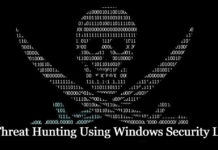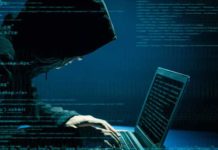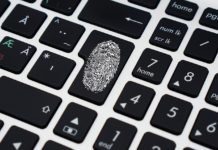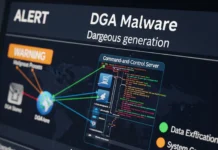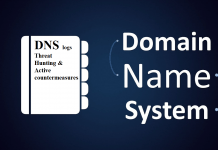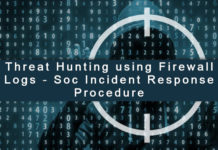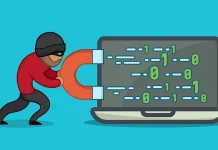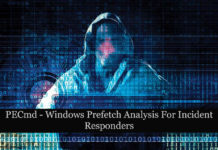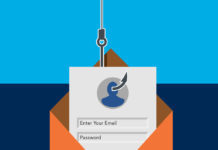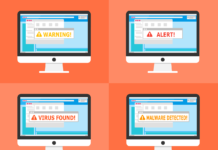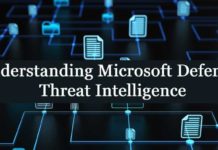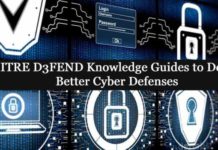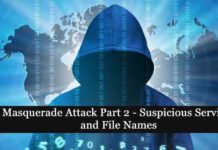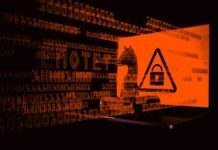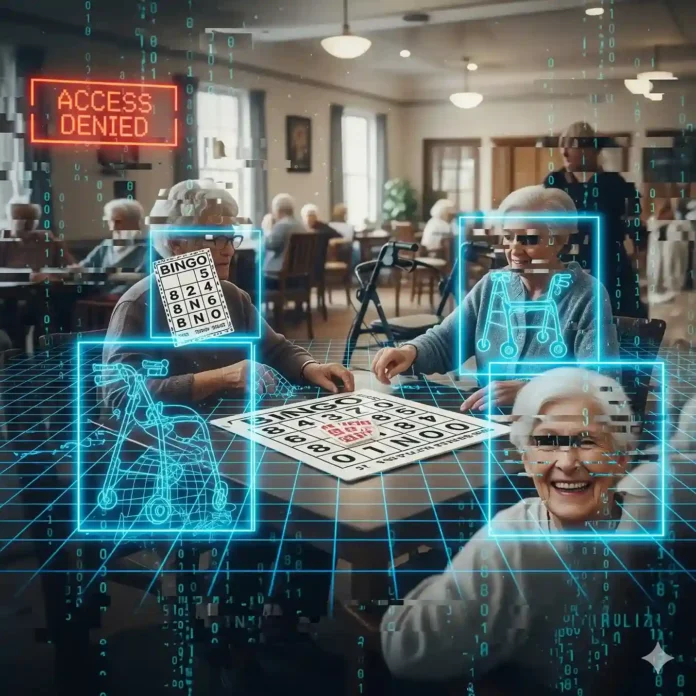Senior living communities are designed to be sanctuaries—places of care, trust, and connection where residents can feel safe and supported. This sense of security is the foundation upon which every meal is served, every activity is planned, and every moment of care is delivered. But this trust is increasingly vulnerable to an invisible, insidious threat that doesn’t knock on doors or break windows.
Cyberattacks are no longer a distant corporate problem; they are a direct threat to the health and well-being of our seniors. The statistics are alarming: Ninety-two percent of healthcare organizations reported a cyber attack in 2024. This article explores how these digital intrusions go far beyond data breaches, inflicting profound human costs, disrupting essential care, eroding trust, and creating lasting emotional tolls on residents, staff, and their families.
Key Takeaways
- Senior living communities are uniquely vulnerable targets due to their rich sensitive data, interconnected operational technologies, and a high-trust human environment.
- Beyond data theft, cyberattacks lead to critical operational paralysis, direct disruptions in resident care, and significant emotional distress for everyone involved.
- The fallout includes staggering financial costs, severe regulatory penalties, and long-term damage to the community’s hard-earned reputation.
- Effective defense requires a holistic strategy encompassing robust technology, rigorous processes, and continuous staff and resident education to protect both digital assets and human well-being.
The Perfect Storm: Why Senior Communities Are a Prime Target
Cybercriminals are opportunistic, and they see senior living communities as the perfect target. This isn’t by chance; it’s due to a convergence of high-value data, complex operational technology, and a uniquely human environment that can be exploited.
A Treasure Trove of Sensitive Data
A senior living community holds a concentrated wealth of information that is far more valuable than a credit card number. Each resident file contains a lifetime of data, including Protected Health Information (PHI) like medical histories and prescriptions, detailed financial records, and Personally Identifiable Information (PII). This data is a goldmine for criminals seeking to commit identity theft, medical fraud, or financial exploitation. The scale of these breaches can be immense; a single attack on a North Carolina facility compromised the sensitive information for 106,000 people.
Interconnected Operational Vulnerabilities
Modern senior communities run on a complex web of interconnected technology. Electronic Health Records (EHRs), e-prescribing platforms, nurse call systems, and even building systems like digital door locks and HVAC are all networked. While these systems enhance efficiency and care, they also create multiple entry points for an attack. A breach in one area, such as the Wi-Fi network, can quickly spread, disabling essential services that directly impact resident care and physical safety.
The Human Element: A Point of Entry
The greatest strength of a senior community—its culture of trust and service—can also be its greatest vulnerability. Staff are focused on providing compassionate care, making them more likely to click on a malicious link disguised as an urgent request from a family member or open an attachment that appears to be from a pharmacy. This isn’t a failure of character; it’s a feature of the environment. Hackers exploit this inherent trust through social engineering and phishing, recognizing that human error is often the easiest way into a secure network.
This convergence of sensitive data, critical operational technology, and a high-trust human environment creates a uniquely challenging security landscape. That’s where IT support for elderly living facilities becomes essential—covering everything from secure communication systems and electronic health records to network monitoring and compliance safeguards. By aligning cybersecurity expertise with the specialized needs of caregivers and residents, providers ensure that technology enhances safety, reliability, and quality of care rather than becoming another point of vulnerability.
The Ripple Effect: When Digital Chaos Disrupts Human Care
When a cyberattack hits, the first concern is often data loss. But for those living and working within the community, the immediate impact is far more personal and terrifying. The digital chaos translates directly into disruptions in human care.
Paralyzed Operations, Compromised Care
Imagine the reality on the ground during a ransomware attack.
- A nurse begins her medication rounds but is locked out of the Electronic Health Record system. She can’t verify a resident’s dosage, check for critical allergies, or see the latest doctor’s orders. She’s forced to rely on memory and incomplete paper backups, turning a routine task into a high-stakes gamble where a single error could be life-threatening.
- A resident with mobility issues falls in their room at night. They press their nurse call button, but the system is down. No one is coming. The digital tool they were told to rely on for their safety is useless, leaving them helpless and afraid. At the same time, digital door locks may fail, leaving the facility physically unsecured.
- Daily life grinds to a halt. The community’s Wi-Fi is offline, cutting residents off from video calls with their grandchildren—a vital source of connection. Telehealth appointments are canceled. Smart TVs and tablets used for cognitive engagement go dark. The very tools meant to enrich residents’ lives are rendered useless, leading to isolation and frustration.
The Emotional and Psychological Toll
The technical disruption is only half the story. The emotional fallout can be even more devastating and long-lasting for everyone involved.
- For Residents: The place they call home suddenly feels unsafe. They are overwhelmed with anxiety about their life savings being stolen or their private medical conditions being exposed online. This violation of trust can lead to profound feelings of helplessness and betrayal, eroding their sense of security.
- For Staff: Caregivers experience immense stress and moral injury. They are dedicated professionals who are suddenly unable to do their jobs to the standard they demand of themselves. They face the frustration of technological roadblocks, the guilt of potential care delays, and the exhaustion of managing a crisis, leading to burnout and high turnover.
- For Families: A son or daughter living hundreds of miles away hears news of an “IT issue” but can’t get through because the phone lines are down. Panic sets in. In the weeks that follow, they may spend countless hours on the phone with banks and credit agencies, helping their elderly parent navigate the nightmarish aftermath of identity theft.
The Tangible Fallout: Financial and Reputational Crises
While the human cost is the most profound, the business consequences of a cyberattack can threaten a community’s very existence. The financial and reputational damage extends far beyond the initial incident.
The Staggering Financial Drain
The costs of a cyberattack accumulate quickly and come from all directions. There are the direct costs, such as ransom payments, which are often just the beginning. Then come the indirect expenses: hiring forensic experts to investigate the breach, paying for system restoration and data recovery, and covering legal fees. On top of this, operational downtime cripples the ability to function. As one report notes, the average downtime is 20 days, a period during which billing may halt while expenses continue to mount.
The Long Shadow of a Broken Reputation
A senior living community’s most valuable asset is its reputation, built over decades on a foundation of trust, compassion, and reliability. A single, well-publicized data breach can shatter that trust overnight. Prospective residents and their families now conduct deep research, and a history of security failures is a major red flag. This can lead to a long-term decline in occupancy rates, impacting the community’s financial viability for years to come.
Navigating the Compliance Nightmare
In the wake of an attack, leadership must navigate a complex web of federal and state-specific breach notification laws, including HIPAA. This involves a resource-intensive process of reporting the incident to regulatory agencies and sending notifications to every single affected individual. This compliance burden diverts critical time, money, and attention away from what matters most: restoring operations and caring for residents.
From Vulnerability to Vigilance: Building a Resilient Community
Faced with these threats, inaction is not an option. The good news is that senior communities can move from a position of vulnerability to one of vigilance. Effective cybersecurity is not just about buying software; it’s about building a resilient culture of security that permeates every level of the organization.
Pillars of a Proactive Defense
A strong defense rests on three critical pillars: People, Process, and Technology.
- People: Your staff is your first line of defense. This requires implementing ongoing, tailored training that teaches employees how to spot phishing emails, recognize social engineering tactics, and follow strict data-handling protocols. It also means educating residents on common scams and best practices for digital literacy.
- Process: You cannot improvise during a crisis. A robust, well-documented incident response plan must be developed and tested regularly. This includes conducting frequent vulnerability assessments, engaging in penetration testing, and performing meticulous risk management on all third-party vendors to ensure they meet your security standards.
- Technology: Foundational technology is essential. This means modernizing your security infrastructure with advanced threat detection, enforcing multi-factor authentication and strong access controls, encrypting sensitive data, and utilizing managed detection and response (MDR) services to provide 24/7 monitoring and protection.
Conclusion: Protecting People, Not Just Data
For senior living communities, cybersecurity is not an IT expenditure. It is a foundational element of resident safety, quality of care, and overall well-being. Neglecting digital security is neglecting a core responsibility to the individuals who have placed their trust in you. The consequences are not measured in lost data, but in disrupted lives, compromised health, and broken trust.
